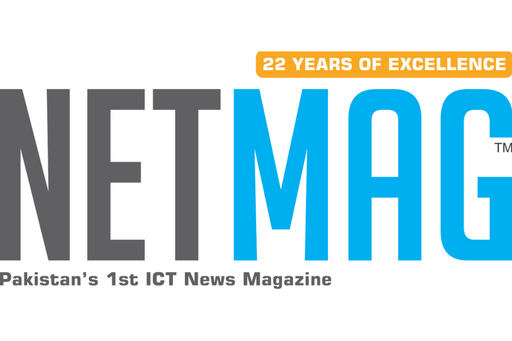S&P Global Ratings Affirms Pakistan’s Credit Ratings
Standard & Poor’s (S&P) Global Ratings has maintained Pakistan’s long-term sovereign credit rating at ‘CCC+’ and its short-term rating at ‘C’, with a stable outlook for the long-term rating.
S&P highlighted that the ‘CCC+’ rating reflects concerns about Pakistan’s external liquidity and fiscal performance over the next year. However, the stable outlook suggests that these risks are balanced by the continued support from international partners.
Potential for Rating Downgrade: S&P indicated that the ratings could be lowered if Pakistan’s external indicators deteriorate significantly or if fiscal deficits expand beyond the capacity of the domestic banking system to finance them. A key concern is if the government’s interest burden increases further, potentially surpassing 45% of government revenues in the coming years.
READ MORE: FBR Mandates Biometric Re-Verification for Sales Tax Registrants
Potential for Rating Upgrade: Conversely, S&P could raise the ratings if there is a noticeable improvement in Pakistan’s external and fiscal positions. Positive signs would include a sustained increase in foreign exchange reserves, reduced debt-service costs relative to revenues, and extended debt maturities.
Current Economic Situation: Pakistan has managed to bolster its foreign reserves over the past year, easing near-term default risks. However, the country remains highly dependent on favorable macroeconomic conditions and external financial support to meet its long-term obligations. Continued support from international organizations and foreign inflows will be crucial for rebuilding financial buffers.
External Financing Needs and Support: The country faces substantial gross external financing needs, vulnerabilities to energy price fluctuations, and uncertainty regarding foreign support. Notable inflows from the IMF and anticipated rollovers from Saudi Arabia, UAE, and China are expected to help manage Pakistan’s external financial needs in the next six to twelve months.
Fiscal and Debt Outlook: S&P forecasts that the ratio of government debt to GDP and budget deficits will remain high. Interest costs are anticipated to consume more than 50% of government receipts in fiscal year 2025 (July 1, 2024 – June 30, 2025), though the cost of borrowing is expected to gradually decrease in subsequent years. Pakistan’s interest servicing-to-revenue ratio is among the highest globally. The government is also in the early stages of renegotiating terms on some external loans, particularly in the power sector, which S&P does not view as a default event.
Economic Growth and Political Climate: Pakistan’s economic growth rebounded slightly to 2.4% in fiscal 2024 following severe floods, but growth is projected to remain modest at 3.5% in fiscal 2025. Ongoing high inflation and challenging reform measures will continue to impact economic activity. The depreciation of the Pakistani rupee has also led to stagnation in nominal GDP per capita, with forecasts indicating it will stabilize just below US$1,700 in fiscal 2026.
IMF Programs and Fiscal Consolidation: Pakistan successfully completed a Stand-By-Arrangement (SBA) with the IMF in April 2024, which included US$3 billion in disbursements. The new 37-month Extended Fund Facility (EFF) program, announced in July 2024, aims to provide US$7 billion, pending IMF board approval. Continued adherence to the EFF conditions will be vital for receiving further disbursements.
Political Instability: The recent coalition government, led by Prime Minister Shehbaz Sharif from the Pakistan Muslim League-Nawaz (PML-N) party, is expected to face political uncertainty and resistance to reform measures. The political environment has been volatile since the ouster of former Prime Minister Imran Khan in April 2022, which has adversely affected the government’s reform efforts and sovereign credit metrics.
Security Risks: Despite improvements in security since the early 2010s, Pakistan still faces domestic and external security risks. Potential border tensions with neighboring countries could impact economic stability.
Flexibility and Performance: Bilateral and multilateral aid has helped stabilize Pakistan’s foreign exchange reserves, but there remains significant pressure on fiscal and external accounts. Continued support from international and bilateral partners will be crucial for maintaining external buffers. The government’s fiscal consolidation efforts, including ambitious revenue targets and potential tax reforms, are expected to encounter significant political and social challenges.
Monetary Policy and Inflation: The State Bank of Pakistan (SBP) has implemented aggressive monetary policies to control inflation, raising the policy rate to 19.5% in July 2024. This high cost of capital will continue to impact the government’s interest expenses. The SBP anticipates a gradual easing of the policy rate as inflation moderates, with expectations for a rate between 5%-7% in the medium term.
Overall, Pakistan’s fiscal and economic challenges are substantial, and the country’s ability to navigate these issues while maintaining external and internal financial stability will be crucial for its credit ratings and economic health.



